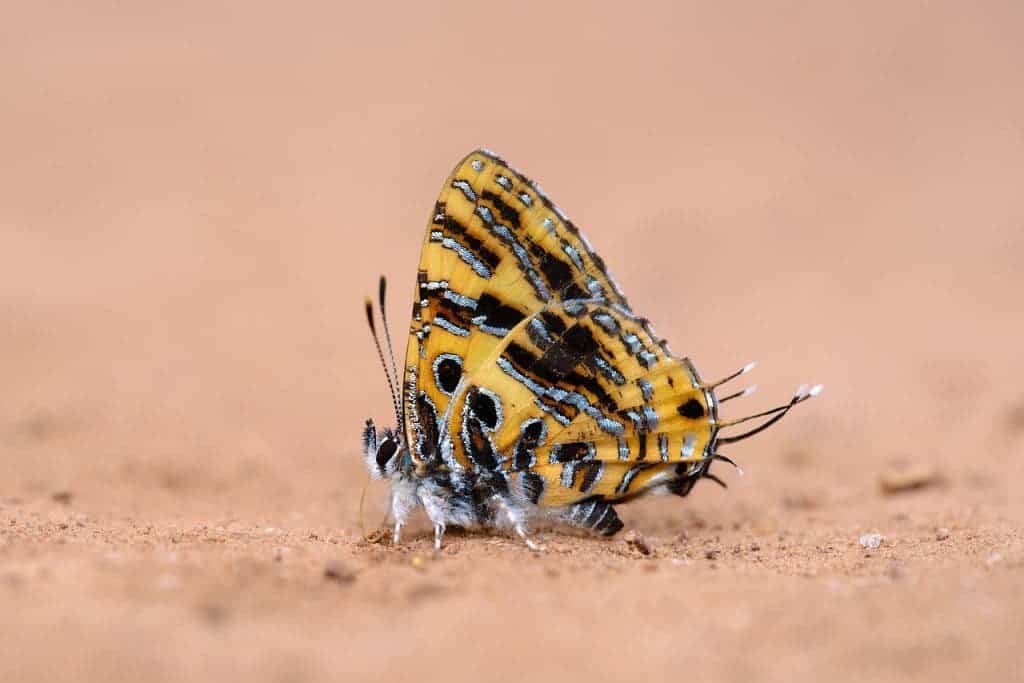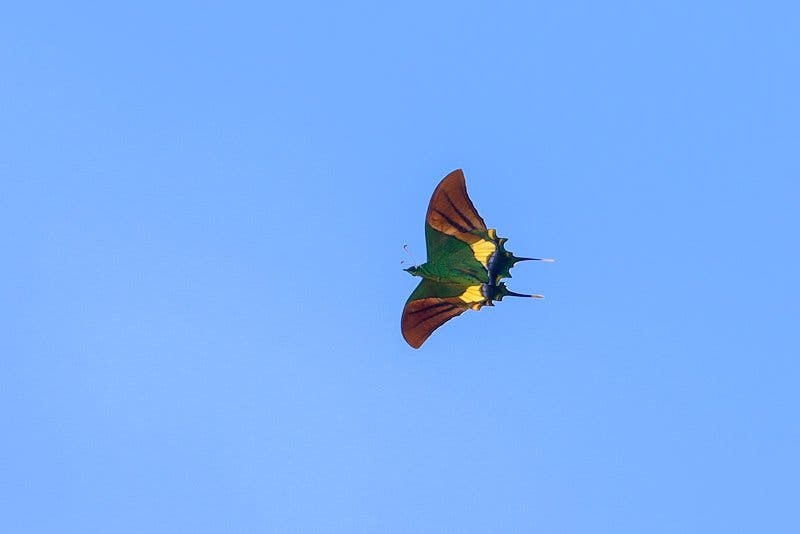Sometimes, nature and evolution can work together to create stunning things. Have a look at the creatures below — what are they?
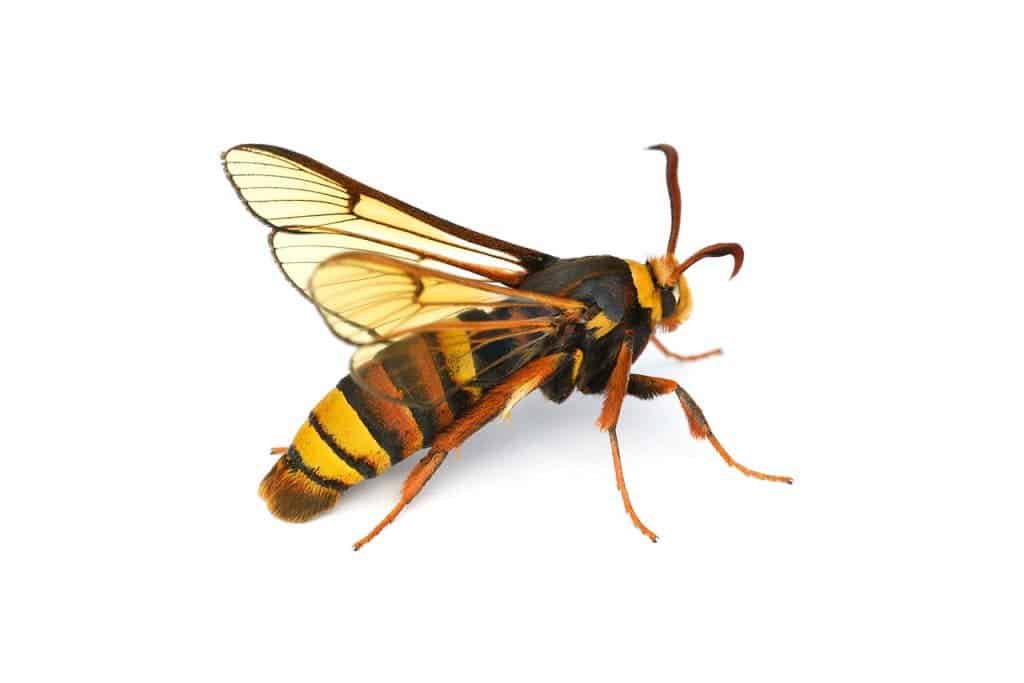
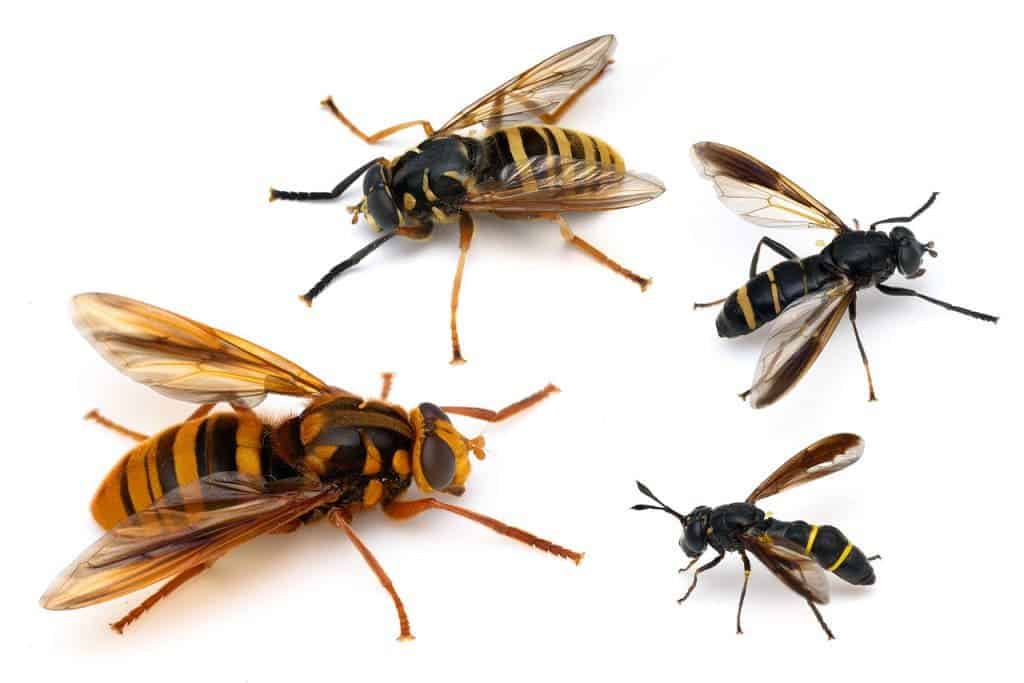
If you would have said something along the lines of “wasps” or “hornets”, well, that’s not even close. They’re actually moths, although they really do look like wasps — and that’s no coincidence.
These moths are doing something called “Batesian mimicry”. They’ve evolved to mimic the warning signals of a harmful species (in this case, wasps or bees) in an attempt to deter predators. They look like wasps to tell their predators that they can sting, although they can’t; they don’t even have any jaws or stinger.
For someone with no experience, they look exactly like wasps (and sometimes, even sound like them, making a small buzz as they fly). They’ve lost the scales on their wings and even changed some of their habits to resemble wasps even more. But there are hints. Their antennae are long and feathery, and they don’t have the thin “wasp waist”.
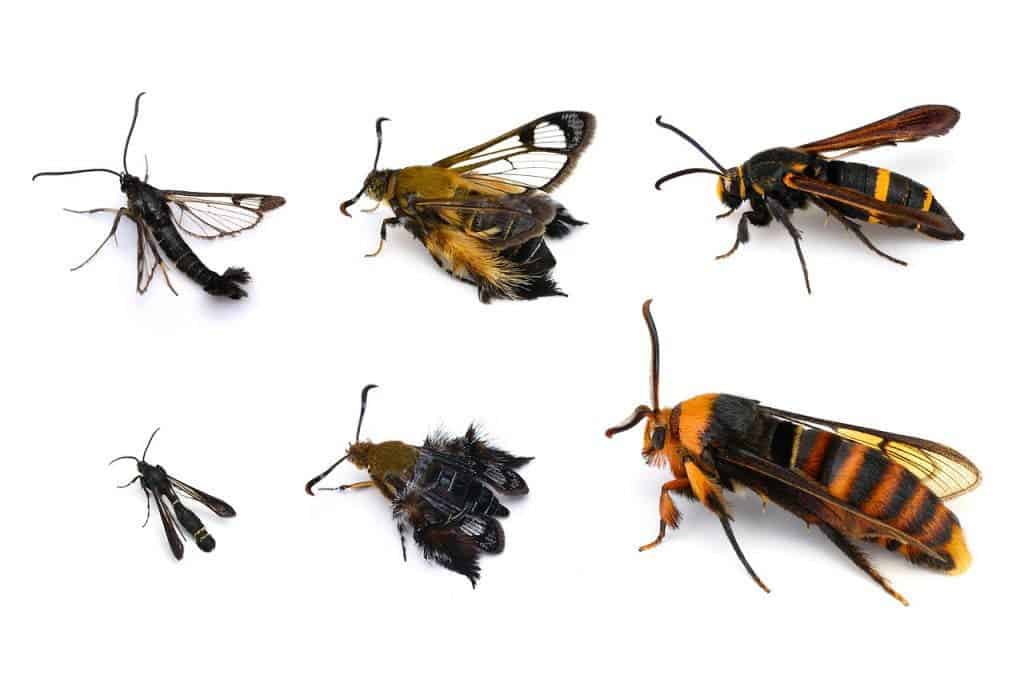
For you or me, telling these moths apart from what they’re mimicking would be a hard task. But for Kudo Seiya, a photographer from Japan also working as a university researcher, it’s become second nature. His Twitter features some of the most impressive examples of Batesian mimicry you’ll ever see.
Although his day job doesn’t revolve around insect photography, Seiya enjoys learning and sharing his findings with the world.
“Influenced by my father, a butterfly expert, insects have always been a part of my life since I was a child. I loved insects as a whole, but I was only familiar with butterflies. When I was a student, I came across a book about the clearwing moth (Sesiidae) and was shocked. I knew that clearwing moth was a rare group of moth that looked just like a wasp, but the species diversity and the perfection of their mimicry was beyond my understanding. I then studied intently about the life history, host plants, sexual pheromones, etc of clearwing moths. I even described the species (Nokona michinoku) myself as one of the authors seven years ago.”

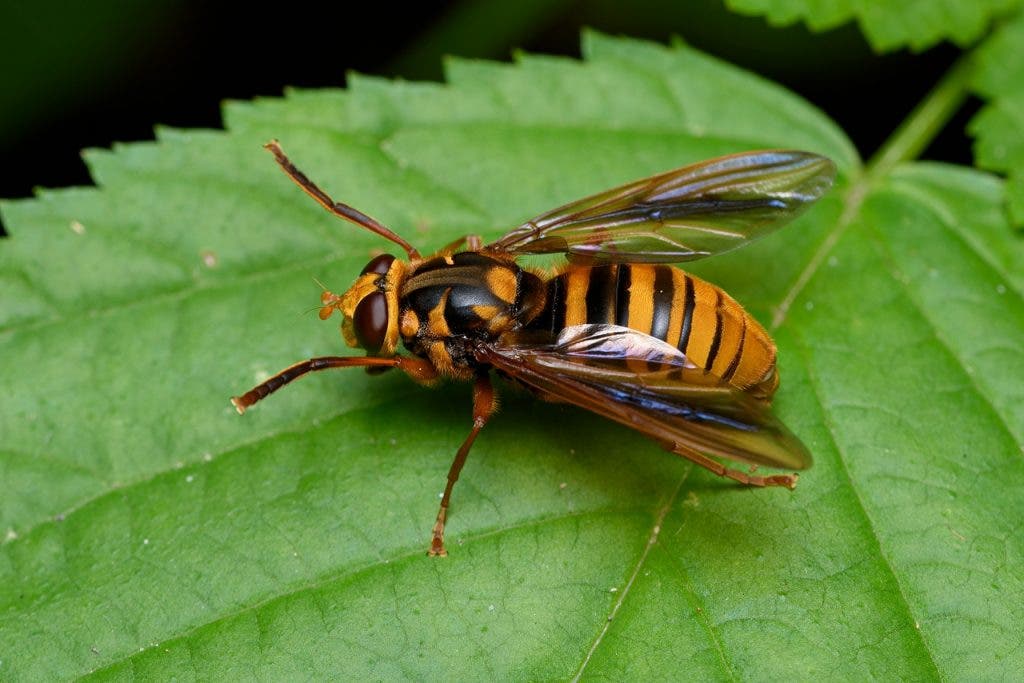
The moths in this group (Sesiidae, or clearwing moths) are known for their mimicry, but this also makes it harder to study them — they’re not just rare, but easy to misidentify. For Seiya, his work is an opportunity to popularize the group.
“Clearwing moths are a very interesting group, and their wasp-like appearance is particularly attractive. However, clear photos of them are not often seen, because they are so rare, and even if you were to encounter one, you might misidentify it as a wasp and overlook it. I would be happy if the photos I shared would increase the number of people who are interested in insects, including clearwing moths.”
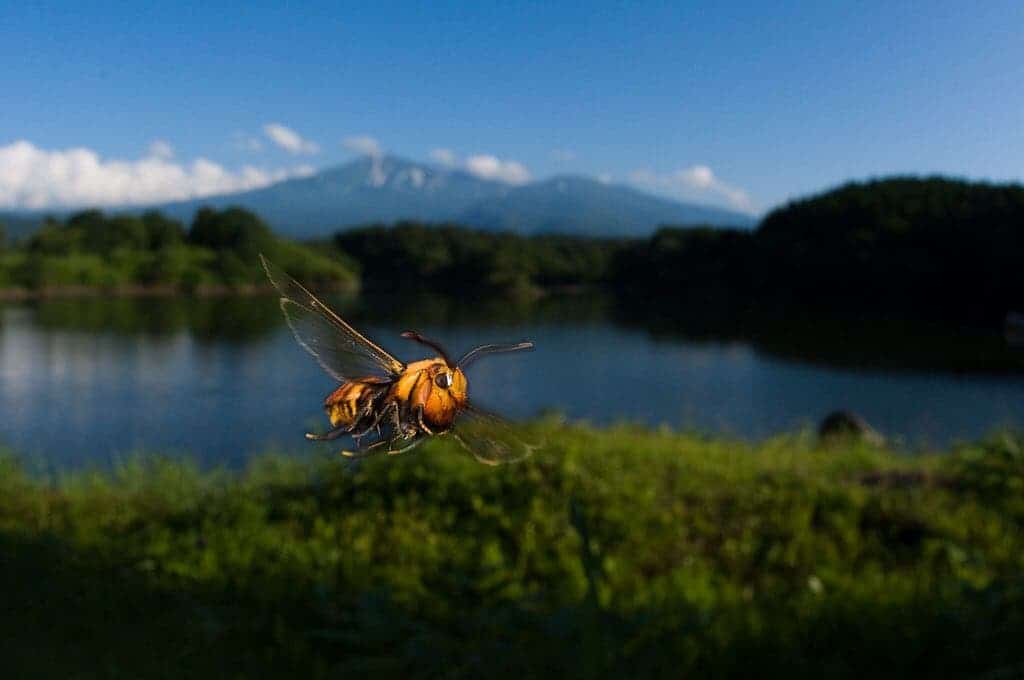
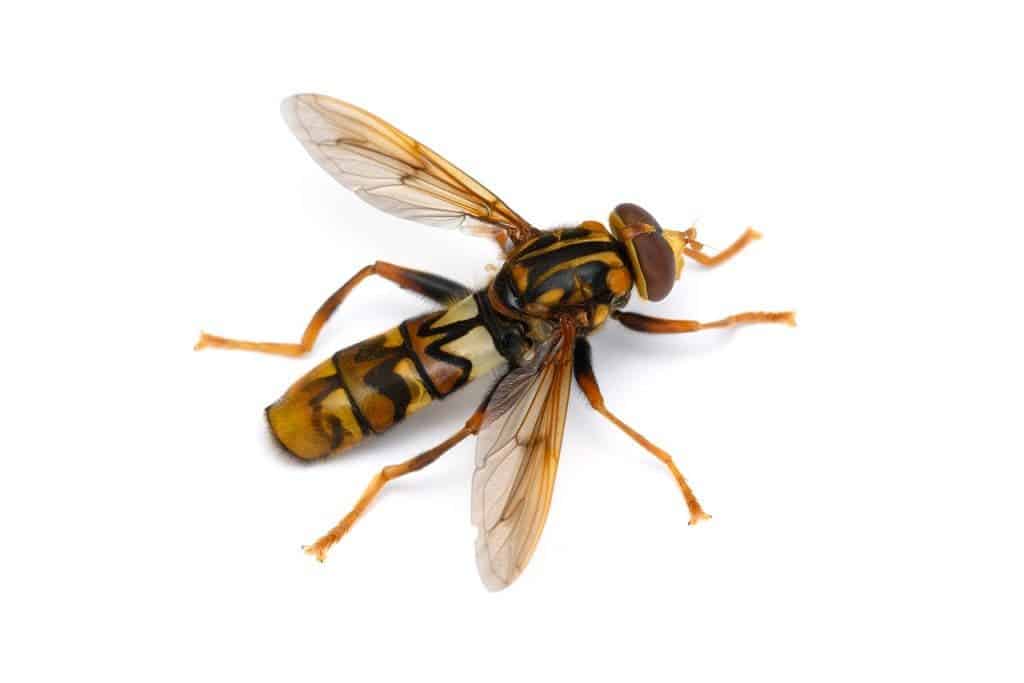
His Twitter features more than just moths posing as wasps. It also features moths posing as leaves, as well as other insects, often photographed in unusual circumstances, showcasing their unique beauty. It’s a rare foray into a world we don’t often get to see. Check it out!


